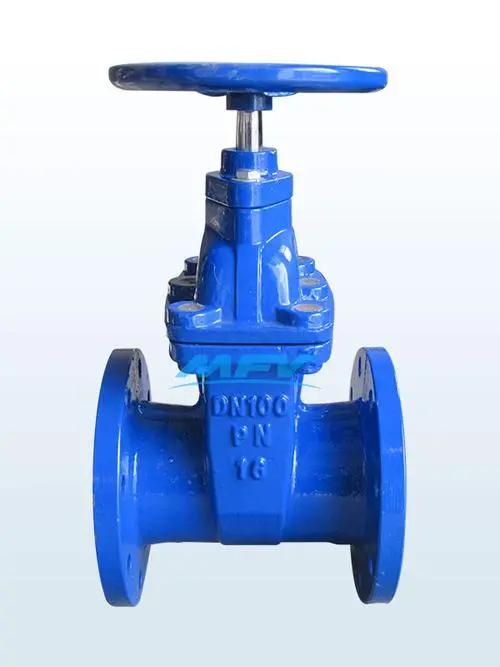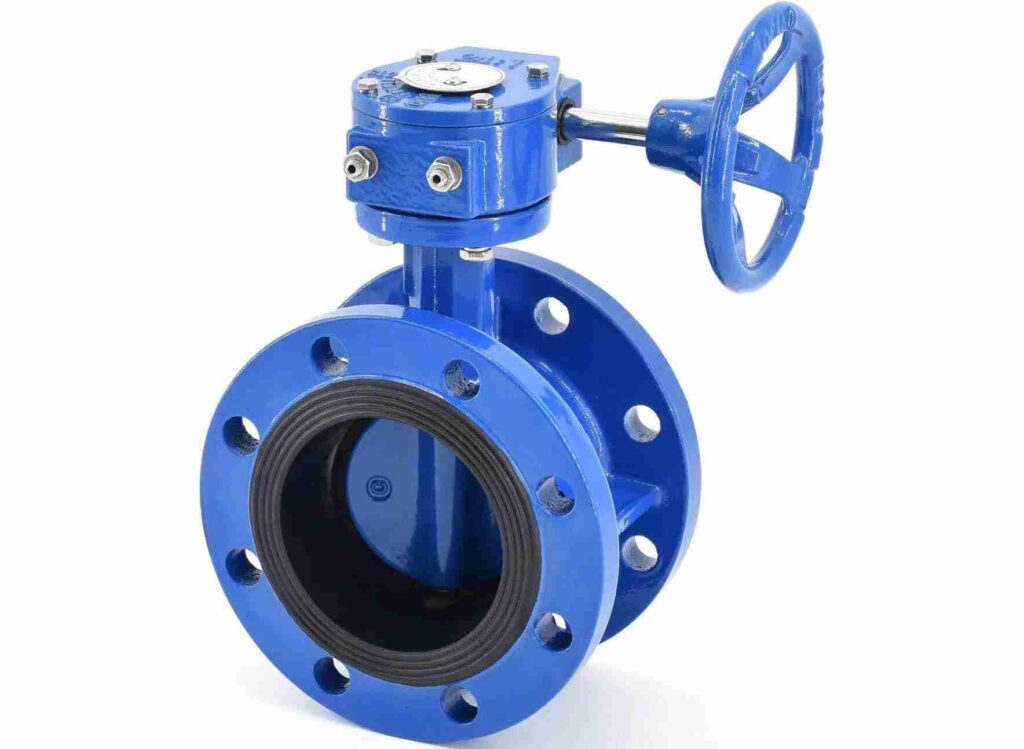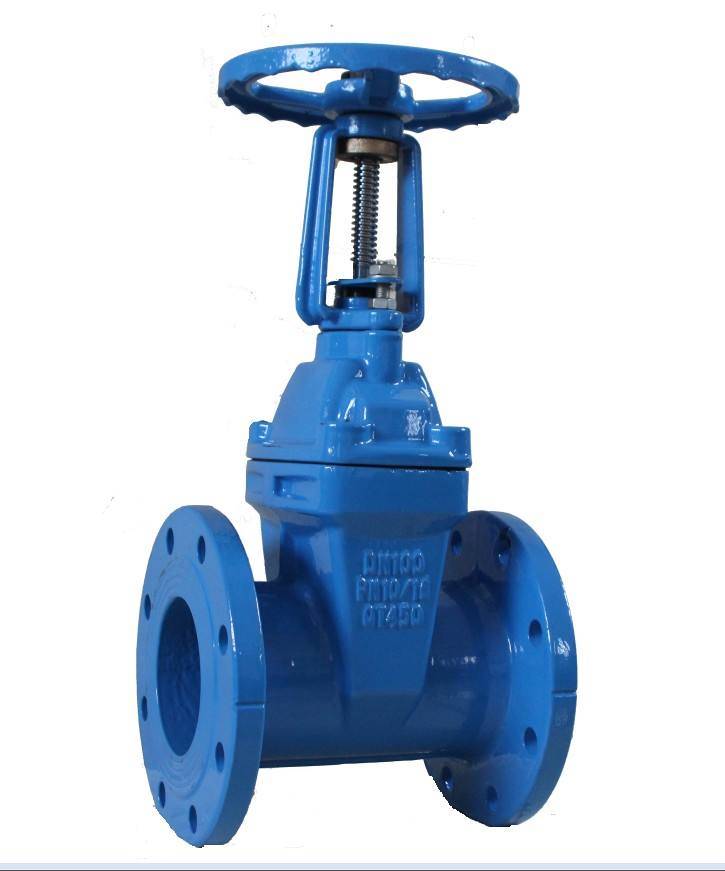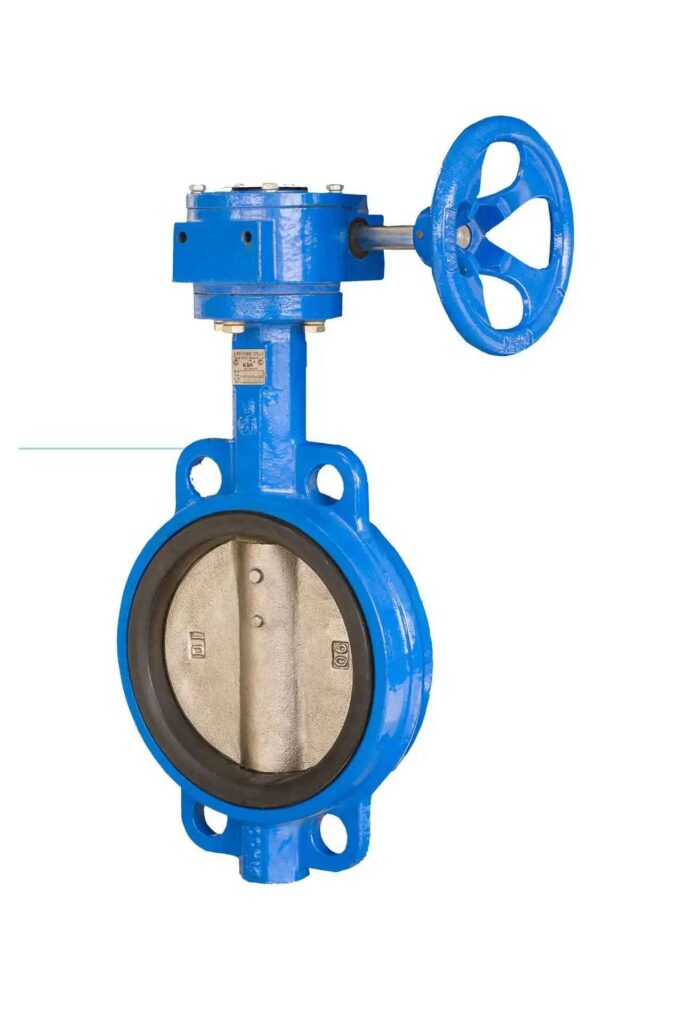Läppäventtiilit ja luistiventtiilit ovat molemmat yleisesti käytettyjä venttiileitä, ja molemmilla on avaus- ja sulkemisrooli sekä virtauksen säätely putkilinjan käytössä. kuitenkin, there are still differences in the selection process of butterfly valves and gate valves. Samaan aikaan, from the perspective of use in the past ten years, the failure rate of butterfly valves is higher than that of gate valves. Siksi, if conditions permit, it is also worth paying attention to expand the scope of use of gate valves.
Difference between gate valves and butterfly valves
Gate valves are a linear motion valve, commonly used in straight-through pipelines, with the functions of opening and closing. It is characterized by simple structure, kulumiskestävyys, good sealing and easy operation. Gate valves can be used for switching, cutting off and regulating media, and are suitable for high temperature and high pressure conditions. Viime vuosina, many valve manufacturers have increased the development of soft-sealed gate valves. This type of gate valve has the following characteristics compared to traditional wedge-type or parallel double-disc gate valves, and will also be a form that the water supply industry is willing to adopt.

- The valve body and valve cover of the soft-sealed gate valve are cast by precision casting, formed in one go, basically without mechanical processing, without using sealing copper rings, and saving non-ferrous metals.
- There are no pits at the bottom of the soft-sealed gate valve, no slag is accumulated, and the failure rate of the gate valve opening and closing is low.
- The size of the soft-sealed rubber-lined valve plate is uniform and interchangeable.
The butterfly valve is a rotary valve. Its key component is a disc composed of two symmetrical semicircular discs. When operating, it is necessary to control its opening size by rotating the valve stem. It has the characteristics of easy opening and closing, kevyt paino, and reliable sealing. Butterfly valves are suitable for switching and regulating large-flow media, so they are usually used in municipal water supply and drainage, fire protection, LVI, maaöljy, chemical and other industries.

Difference in application scenarios
Gate valves and butterfly valves have different application scenarios according to different media types and use environments.
1.Application scenarios of gate valves
Gate valves are widely used in many industries, especially in the fields of petroleum, kemiallinen, metallurgia, jne. The application scenarios mainly include the following aspects:

- Regulation and cutoff under high temperature and high pressure conditions.
- On pipelines containing corrosive and high-viscosity media, kuten öljy, kemiallinen, metallurgy and other industries.
- Conversion of liquid, vapor and gas media.
- In the case of heavy rain, mudslides, urban waterlogging, jne., it can be used as a temporary transit pipeline termination measure.
- In the construction field, it can be used to cut off and adjust the concrete pumping pipeline in the production site.
2.Application scenarios of butterfly valves
Butterfly valves play an important role in many fields such as municipal construction, kemianteollisuus, maaöljy, ruokaa, and medicine. The application scenarios mainly include the following aspects:

- Regulation of large flow and low head liquid media, such as municipal water supply and drainage, fire protection, LVI, jne.
- Petrochemical, kemiallinen, sementti, paperinvalmistukseen, power and other industries for the transportation and check control of gas and powdered materials.
- In the food, pharmaceutical and other industries, it is used to adjust and cut off corrosive, low-temperature fluids or non-polluting media.
Johtopäätös
Although gate valves and butterfly valves are both valves, their structures, working principles and application scenarios are different. Gate valves are usually suitable for the switching, cutting off and regulating of media, while butterfly valves are suitable for the switching and regulating of large flow media, and can be used on pipelines containing corrosive and high-viscosity media. Siksi, according to the specific media type and use environment, the appropriate valve type can be selected to achieve the best use effect.
